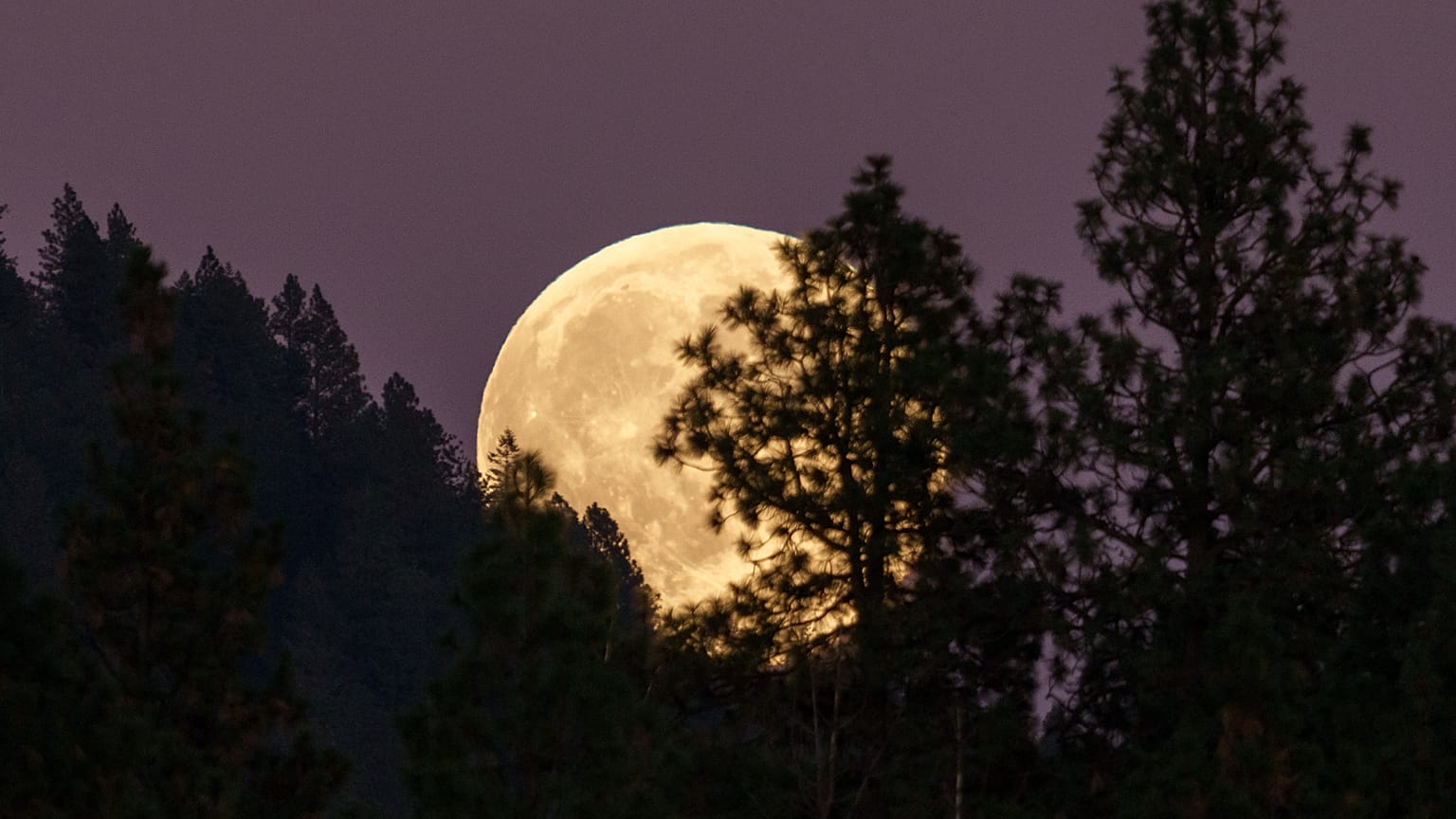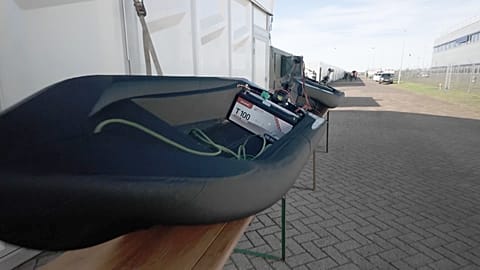Some of the world’s space agencies are getting ready for commercial activity on the Moon.
As the world prepares to return people to the Moon for the first time since the 1960s, countries are already thinking about how to use the resources they find on the lunar surface.
Space authorities from Europe, the United States, Japan, and Canada are using the Artemis II mission, set for February 2026, as the first step towards a permanent lunar base camp – and eventually, potential life on the Moon.
As these space agencies build up to this goal, the concept of the “Moon economy” is coming into shape.
Space agencies around the world are beginning to establish supply chains to support space missions that don’t require trips back to Earth, and are eyeing potential future settlements on the satellite. This burgeoning economy is estimated to be worth about $170 billion (€145 billion) over the next 20 years.
But what does that mean and what could industry look like on the Moon?
What is the Moon economy?
The US (DARPA) has said it supports the rapid scale-up of economic activity on the Moon over the next decade by international governments, space agencies, and private companies.
Potential economic activity on the Moon could be driven by the communications, navigation, transit, and logistics sectors to help further space exploration missions and robotics, according to one recent roadmap from the US Air Force’s education centre.
These industries would support mining efforts on the Moon, the “anchor” of the future Moon economy from which other industries are designed, the report noted.
It cited oxygen that is stored in lunar regolith, the loose layer of rock that covers the satellite’s surface and is in the atmosphere, as a useful resource.
Previous research has shown that regolith has some of the minerals needed to generate plants on the Moon, which the European Space Agency (ESA) says will be crucial for any long-term settlement on the Moon.
The Moon is also a major source of Helium-3, an element that could create safer nuclear energy in a fusion reactor because it is not radioactive, according to the ESA.
The Polytechnic Institute of Paris says Helium-3 could also have implications for Earth in fields such as quantum computing, MRI imaging, and cryogenics, which is the study of how materials hold up at extremely low temperatures.
The National Aeronautics and Space Administration (NASA), the American space agency, has already set a 2030 deadline for a fusion reactor on the Moon, with China and Russia thought to be working on a joint one for 2035, according to Reuters.
According to the report from the US Air Force’s education centre, scientists will eventually use a method called in situ resource utilisation (ISRU), the practice of using local resources to support the Moon’s mining and other industries instead of relying on materials coming from Earth.
Yet the report said that the world is a long way away from this economy, because there are still several challenges to working on and around the Moon.
For example, the Moon’s long lunar night of approximately 14 days on some parts of its surface would make it complicated for power sources like solar panels to support resource extraction missions and communications for operators on Earth.
It also noted that the lunar dust in the Moon’s atmosphere, coupled with the sometimes molten regolith that flows under the surface, could make it difficult for miners to extract it and create the liquid oxygen needed to sustain life on the satellite.
What is Europe working on?
The ESA has been talking about mining the Moon’s resources since 2019, when it signed an initial one-year contract with ArianeGroup to research strategies to mine regolith.
The European Commission said in its June visionfor the “European Space Economy” that it will also support research that develops scientific instruments, robotics, and sample extractions in Moon mining.
It said the European Union is also concerned with the “orbital economy,” meaning anything that is taking place within the Earth’s orbit, such as satellite development and data storage in space.
The bloc is also working on the In-Space Operations and Services 4 Infrastructure (ISOS4I) mission, which aims to provide on-demand services in space to companies and EU bodies on future missions. That could include refueling and recharging spacecraft, satellite removal and recycling, and resource mining, according to a presentation from the European Commission.
The European Commission saidthe ISOS4I mission will also make it possible to “deploy large, unmanned space platforms that are driven by robotics, automation, and AI”.
In-flight services will also support the ESA’s goal of sending robotic missions to the Moon, Mars, and other celestial bodies.
In-space operations could support asteroid mining for resources such as water, Helium-3 and “metals,” according to an EU documentthis year explaining the pilot mission.
The ISOS4I mission is planned for 2030, but it won’t be fully operational until 2035, the Commission said in a report.


















